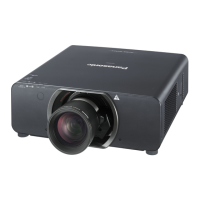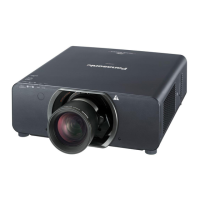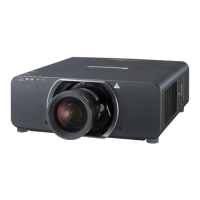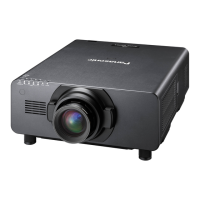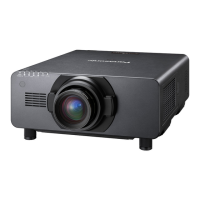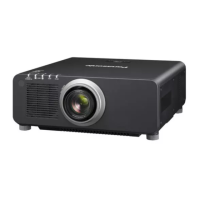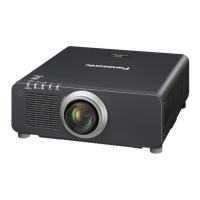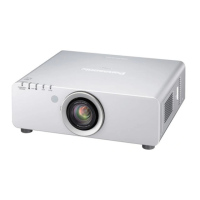Positron Emitters Beta+ Energy and % Abundance
Half-life MeV (%)
C-11 20.3 m 0.960 (99.8%)
N-13 9.97 m 1.199 (99.8%)
O-15 122 s 1.732 (99.9%)
F-18 1.83 h 0.634 (96.7%)
Na-22 2.605 y 0.546 (89.8%)
Al-26 7.3E5 y 3.210 (100%)
V-48 15.98 d 0.697 (50.1%)
Mn-52 5.591 d 2.633 (94.9%)
Co-56 77.3 d
1.458 (19.0%)
Ni-57 35.6 h 0.737 (7.0%), 0.865 (35.3%)
Co-58 70.88 d 0.475 (14.9%)
Cu-62 9.74 m 2.926 (97.2%)
Zn-65 243.8 d 0.330 (1.4%)
Ga-68 67.7 m 0.822 (1.2%), 1.899 (89.1%)
As-74 17.8 d 0.945 (26.1%), 1.540 (3.0%)
Rb-82 1.26 m 2.601 (13.1%), 3.378 (81.8%)
Several of the positron emitters are useful in PET studies.
T
hat usefulness is somewhat offset by the cost of producing
the radionuclides and the added complexity of radiation
protection. For all of the positron emitters the energy of the
Beta+ must be considered. Refer to the table of Beta Dose
Rates for estimates of beta+ radiation exposure. Also,
consider the annihilation photons when the positron comes
into contact with a beta-, annihilating their masses and
producing two 511 KeV photons. These photons present an
external radiation hazard. For the patient undergoing a PET
scan the combination of the positron energy and the photon
energy must be considered.
56
Positron Emitters Beta+ Energy and % Abundance
Half-life MeV (%)
C-11 20.3 m 0.960 (99.8%)
N-13 9.97 m 1.199 (99.8%)
O-15 122 s 1.732 (99.9%)
F-18 1.83 h 0.634 (96.7%)
Na-22 2.605 y 0.546 (89.8%)
Al-26 7.3E5 y 3.210 (100%)
V-48 15.98 d 0.697 (50.1%)
Mn-52 5.591 d 2.633 (94.9%)
Co-56 77.3 d
1.458 (19.0%)
Ni-57 35.6 h 0.737 (7.0%), 0.865 (35.3%)
Co-58 70.88 d 0.475 (14.9%)
Cu-62 9.74 m 2.926 (97.2%)
Zn-65 243.8 d 0.330 (1.4%)
Ga-68 67.7 m 0.822 (1.2%), 1.899 (89.1%)
As-74 17.8 d 0.945 (26.1%), 1.540 (3.0%)
Rb-82 1.26 m 2.601 (13.1%), 3.378 (81.8%)
Several of the positron emitters are useful in PET studies.
T
hat usefulness is somewhat offset by the cost of producing
the radionuclides and the added complexity of radiation
protection. For all of the positron emitters the energy of the
Beta+ must be considered. Refer to the table of Beta Dose
Rates for estimates of beta+ radiation exposure. Also,
consider the annihilation photons when the positron comes
into contact with a beta-, annihilating their masses and
producing two 511 KeV photons. These photons present an
external radiation hazard. For the patient undergoing a PET
scan the combination of the positron energy and the photon
energy must be considered.
56
Positron Emitters Beta+ Energy and % Abundance
Half-life MeV (%)
C-11 20.3 m 0.960 (99.8%)
N-13 9.97 m 1.199 (99.8%)
O-15 122 s 1.732 (99.9%)
F-18 1.83 h 0.634 (96.7%)
Na-22 2.605 y 0.546 (89.8%)
Al-26 7.3E5 y 3.210 (100%)
V-48 15.98 d 0.697 (50.1%)
Mn-52 5.591 d 2.633 (94.9%)
Co-56 77.3 d
1.458 (19.0%)
Ni-57 35.6 h 0.737 (7.0%), 0.865 (35.3%)
Co-58 70.88 d 0.475 (14.9%)
Cu-62 9.74 m 2.926 (97.2%)
Zn-65 243.8 d 0.330 (1.4%)
Ga-68 67.7 m 0.822 (1.2%), 1.899 (89.1%)
As-74 17.8 d 0.945 (26.1%), 1.540 (3.0%)
Rb-82 1.26 m 2.601 (13.1%), 3.378 (81.8%)
Several of the positron emitters are useful in PET studies.
T
hat usefulness is somewhat offset by the cost of producing
the radionuclides and the added complexity of radiation
protection. For all of the positron emitters the energy of the
Beta+ must be considered. Refer to the table of Beta Dose
Rates for estimates of beta+ radiation exposure. Also,
consider the annihilation photons when the positron comes
into contact with a beta-, annihilating their masses and
producing two 511 KeV photons. These photons present an
external radiation hazard. For the patient undergoing a PET
scan the combination of the positron energy and the photon
energy must be considered.
56
Positron Emitters Beta+ Energy and % Abundance
Half-life MeV (%)
C-11 20.3 m 0.960 (99.8%)
N-13 9.97 m 1.199 (99.8%)
O-15 122 s 1.732 (99.9%)
F-18 1.83 h 0.634 (96.7%)
Na-22 2.605 y 0.546 (89.8%)
Al-26 7.3E5 y 3.210 (100%)
V-48 15.98 d 0.697 (50.1%)
Mn-52 5.591 d 2.633 (94.9%)
Co-56 77.3 d
1.458 (19.0%)
Ni-57 35.6 h 0.737 (7.0%), 0.865 (35.3%)
Co-58 70.88 d 0.475 (14.9%)
Cu-62 9.74 m 2.926 (97.2%)
Zn-65 243.8 d 0.330 (1.4%)
Ga-68 67.7 m 0.822 (1.2%), 1.899 (89.1%)
As-74 17.8 d 0.945 (26.1%), 1.540 (3.0%)
Rb-82 1.26 m 2.601 (13.1%), 3.378 (81.8%)
Several of the positron emitters are useful in PET studies.
T
hat usefulness is somewhat offset by the cost of producing
the radionuclides and the added complexity of radiation
protection. For all of the positron emitters the energy of the
Beta+ must be considered. Refer to the table of Beta Dose
Rates for estimates of beta+ radiation exposure. Also,
consider the annihilation photons when the positron comes
into contact with a beta-, annihilating their masses and
producing two 511 KeV photons. These photons present an
external radiation hazard. For the patient undergoing a PET
scan the combination of the positron energy and the photon
energy must be considered.
56
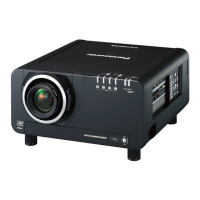
